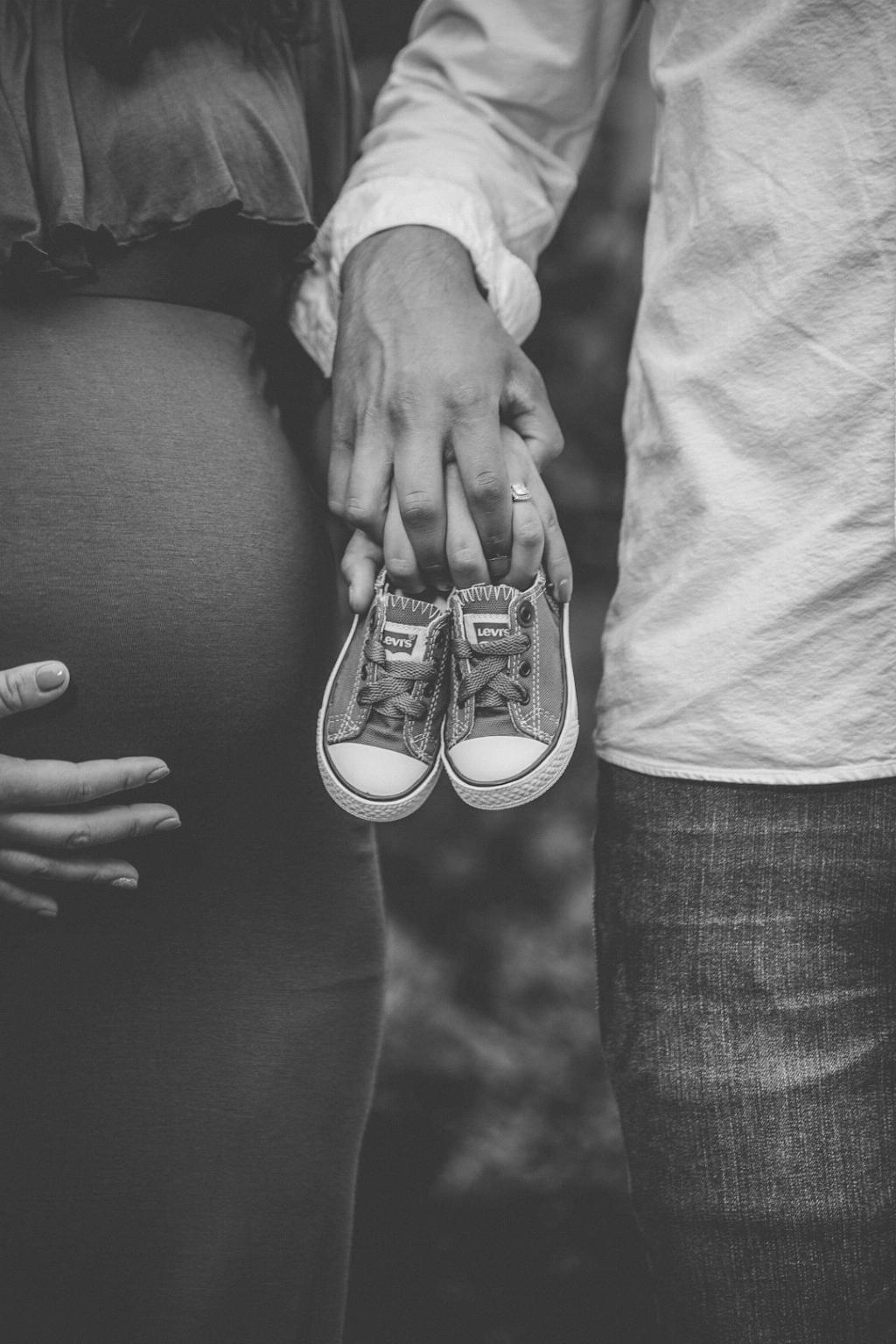One of the most fascinating aspects of prenatal care is the ability to diagnose unique conditions that can affect the development of twins in the womb. In the case of conjoined twins, a rare and intricate phenomenon where two babies are physically connected, the question often arises: Can you tell if twins are conjoined before birth?
Thanks to advances in medical technology, the answer is yes. In fact, conjoined twins can be diagnosed using routine ultrasound scans as early as 7 to 12 weeks of pregnancy. During these early stages, the ultrasound can provide valuable insights into the positioning and development of the twins in the womb.
As the pregnancy progresses, more detailed ultrasounds can be conducted, typically around the halfway mark of the pregnancy. These advanced scans can offer a closer look at the twins’ anatomy and how they are connected, helping healthcare providers determine if the twins are conjoined and if so, the extent of their connection.
In addition to ultrasound scans, other tests such as echocardiograms, which use sound waves to produce images of the babies’ hearts, can also be employed to gather more information about the twins’ condition. These tests can provide vital data on the twins’ health status, particularly when it comes to assessing the functioning of their individual organs.
Given the complexity of conjoined twin pregnancies, it is essential for expectant parents to work closely with a specialized healthcare team that has experience in managing such cases. These experts can provide guidance, support, and a comprehensive care plan tailored to the unique needs of the twins and the parents.
While the diagnosis of conjoined twins before birth can bring about a mix of emotions and challenges for the parents, it also allows for early preparation and planning for the twins’ arrival. Understanding the twins’ condition in advance can help healthcare providers and families make informed decisions about their care and treatment options.
It is worth noting that the feasibility of separating conjoined twins largely depends on various factors, including the type and extent of their connection, their organ sharing, and their overall health status. In some cases, separation may be possible through surgical intervention, but it is a complex and high-risk procedure that requires careful consideration and expertise.
Ultimately, the ability to detect conjoined twins before birth showcases the incredible capabilities of modern healthcare technology in providing valuable insights into prenatal conditions. It highlights the importance of early detection and proactive management of unique medical situations to ensure the best possible outcomes for both the babies and the parents.
In conclusion, while the diagnosis of conjoined twins before birth may present significant challenges, it also offers an opportunity for early intervention, planning, and support for the families involved. By leveraging advanced medical imaging techniques and collaborating with specialized healthcare teams, expectant parents can navigate this complex journey with the guidance and expertise needed to ensure the well-being of their conjoined twins.

